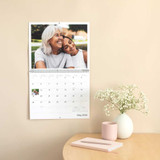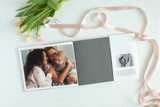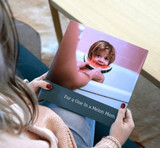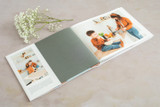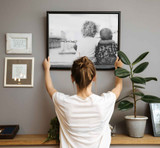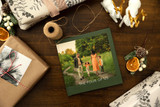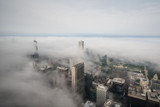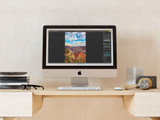Apr 18th 2024
Mar 29th 2024
Creating your first project?
Mar 27th 2024
Creating your first project?
Mar 22nd 2024
Creating your first project?
Feb 28th 2024
Creating your first project?
Nov 6th 2023
Creating your first project?
Nov 1st 2023
Creating your first project?
Oct 10th 2023
Creating your first project?
Sep 18th 2023
Creating your first project?
Sep 14th 2023
Creating your first project?
Sep 12th 2023
Creating your first project?
Aug 11th 2023


